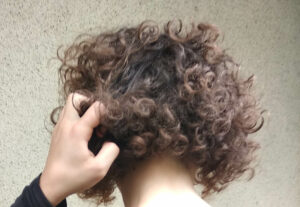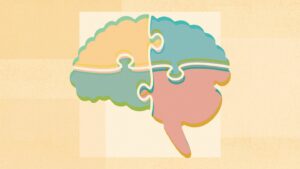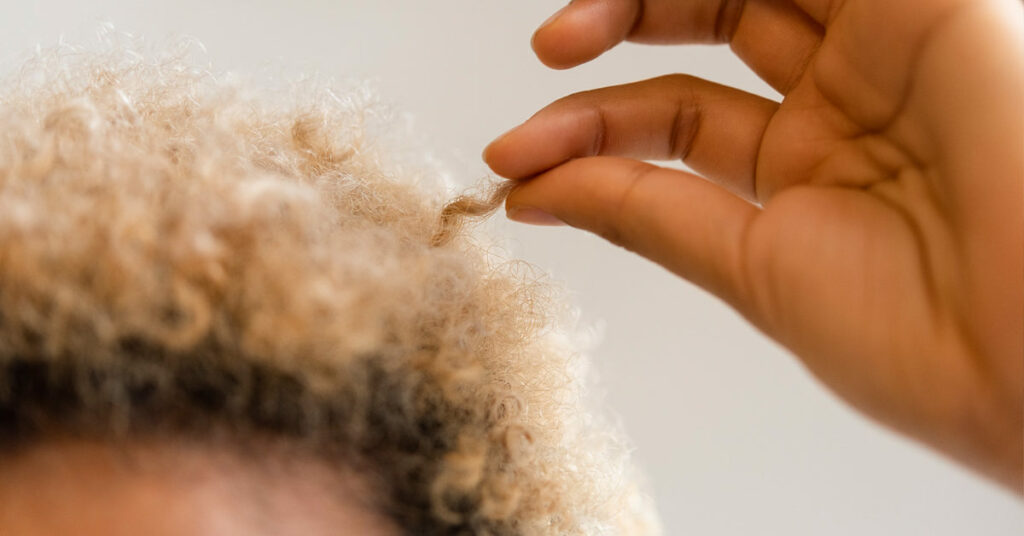Trichotillomania (TTM) is a disorder that often co-occurs with attention-deficit/hyperactivity disorder (ADHD). In this article, we explore the connection between TTM and ADHD and discuss ways in which these disorders might be related.
Contents
What is Trichotillomania?

Trichotillomania (TM) is a mental disorder characterized by the recurrent urge to pull hair from the scalp, eyebrows, beard, or any other body part. The disorder typically begins in adolescence and can persist into adulthood. TM is considered a type of impulse-control disorder.
People with TM often experience extreme distress when they are unable to control their hair-pulling behavior. They may feel like they have no choice but to engage in the behavior and may become agitated or depressed when they cannot pull their hair. TM can severely impact a person’s quality of life and relationships, leading some people to seek treatment.
This disorder is also a major cause of hair loss. In some cases, people with TM can end up losing significant amounts of hair, which can lead to social isolation and embarrassment.
What is Adhd?
ADHD is a neurodevelopmental disorder that is characterized by difficulties in paying attention, controlling behavior, and sustaining focus. It is most commonly diagnosed in children, but adults can also be affected. ADHD is often treated with medications and/or therapy.
ADHD is very common in many parts of the world, and it is estimated that about 4% to 6% of children have ADHD. It is also more common in boys than girls. Also, people of lower socioeconomic status are more likely to have ADHD.
The Connection Between Trichotillomania and ADHD

For many people with trichotillomania (TTM), the disorder is a frustrating and uncontrollable urge to pull out one’s hair. For people with ADHD, this may be one way for them to experience focus and concentration. However, there is a connection between the two disorders, and understanding it can help sufferers to better manage their symptoms.
One study found that about half of all people with TTM also have ADHD. This link has been observed in both children and adults, and it appears to be particularly strong in individuals who have a family history of ADHD. The researchers say that the two disorders share some common features, including problems with attention and hyperactivity/impulsivity.
The connection between TTM and ADHD can be difficult to identify because the two disorders are often treated differently. People with TTM may be told to stop pulling out their hair, while people with ADHD may be prescribed medication or therapy. Sufferers need to discuss their symptoms with a doctor so that they can get the treatment they need and find relief from their disorder.
Sometimes there may be many reasons for someone to have TTM, such as a history of abuse or trauma. If you are struggling with TTM and have questions about the connection between ADHD and your disorder, talk to your doctor. It can also make it a lot easier to manage your symptoms.
Treatment for Trichotillomania and Adhd

There is a connection between trichotillomania (TTM) and attention deficit hyperactivity disorder (ADHD), as both disorders are characterized by uncontrollable hair-pulling. Up to 90 percent of people with TTM also have ADHD.
While there is no cure for either condition, treatments can help manage symptoms. For TTM, treatments may include:
Medications
One of the most common treatments for TTM is medications. These drugs help to control the urge to pull hair and can be prescribed by a doctor. Some of these also have side effects, which is why it is important to discuss treatment options with a doctor before starting any course of medication.
Counseling
Another common treatment for TTM is counseling. This can help patients learn how to better control their urge to pull hair. It can be provided by a therapist or counselor. Counseling can also help patients learn about other forms of self-compassion, which can help manage symptoms.
Behavioral therapy
Behavioral therapy can also be very effective in treating TTM. This type of therapy focuses on helping patients learn new behavioral techniques that they can use to control their urge to pull hair. Behavioral therapy may also include sessions that focus on teaching patients about the relationship between TTM and ADHD.
Surgery
Surgery may also be an option for people with TTM. This surgery can help remove the hairs that are being pulled and can be done under general anesthesia. This surgery is also a common treatment for people with ADHD.
Self-Care
Another treatment method that can be very effective in managing TTM and ADHD is self-care. This means taking care of both the physical and emotional aspects of one’s life. This can include things like eating a healthy diet, getting enough exercise, and spending time with family and friends.
Conclusion
There is a growing connection between trichotillomania (TTM) and attention-deficit/hyperactivity disorder (ADHD), as both disorders are characterized by uncontrollable hair pulling. TTM is one of the most common mental health conditions that occur in people with ADHD. People with TTM often have difficulty regulating their emotions, which can lead to them pulling out their hair as a way of self-medicating or relieving stress.
If you or someone you know suffers from either TTM or ADHD, it might be worth seeking out treatment. There are many different treatments available that can help manage these disorders and improve your quality of life. If you’re looking for resources on how to find treatment, please check out our comprehensive listing of mental health clinics here.


